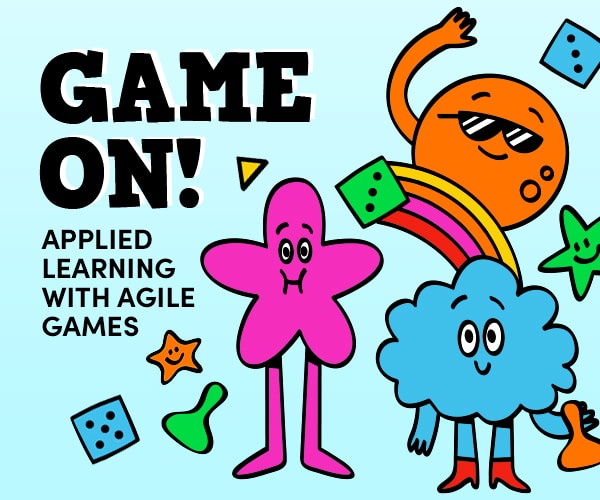Timing:
5 minutes plus 15-30 minutes for debriefing
Materials:
2 balloons per 4 people
Water (Optional)
Instructions
The “goal” is for teams (of 3-5 people) to compete to blow up the largest balloon. The team with the largest (unburst & tied) balloon wins
The person blowing up the balloon will be blindfolded and will have to be guided by their team-mates when to blow and when to stop
One person should wear the blindfold and everyone else in their team should stand very close around the blindfolded member
Rules
The blower cannot open their eyes or remove the blindfold
The non-blowing team-mates may not back away from the blower
The balloon must be tied for it to be considered “done”
Learning objectives
1. Operating without trust can be scary
2. Team members having a shared interest (standing close) increases trust
3. If trust is broken (balloon pops) then (i) trust is even harder to re-establish (the willingness of the blindfolded member to go again is reduced) and/or (ii) the team blows a smaller balloon (productivity drops)
Variations
1. A time limit of 60 seconds to blow the biggest balloon
2. The balloon can be filled with a little water
3. Have the non-blowing team-mates hold the blindfold and balloon
4. Run different variations in parallel (one team standing close, one team standing further away for example)





